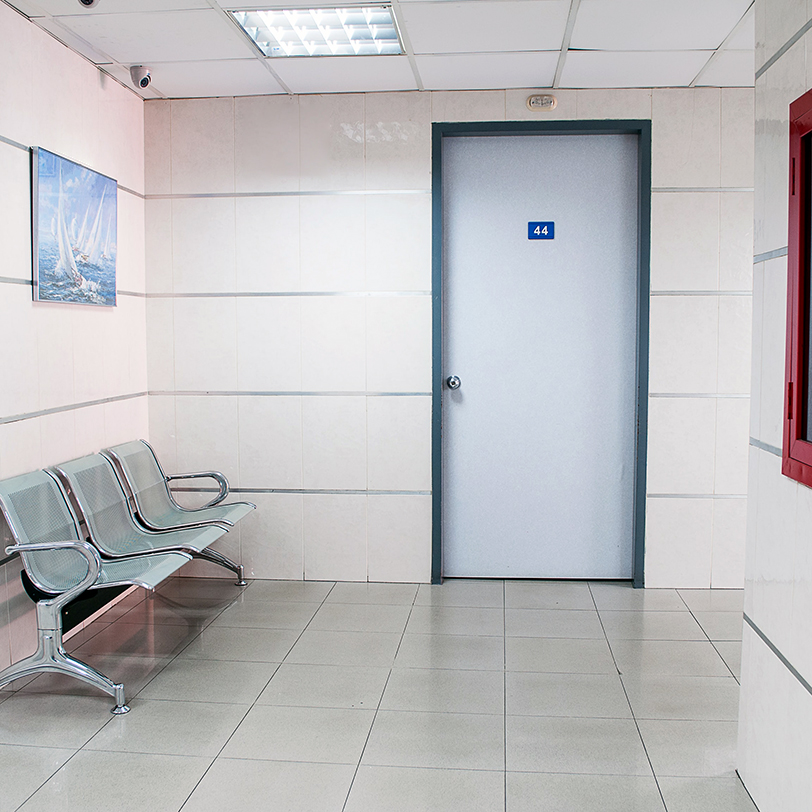Cardiac Arrest: women have less chance of survival than men
[01:58] Carola Melillo
According to a study conducted by the University of Amsterdam, which confirms a report conducted the previous year by a pool of American researchers, Women who have suffered cardiac arrest outside the hospital receive relief less quickly than men and have less chance of survival.
Is it possible that women who are the victims of out-of-hospital cardiac arrest have less chance of being rescued by passers-by and, consequently, less chance of survival than men? According to a study published in the European Heart Journal by a group of Dutch researchers, it would appear that, all things being equal, humans are more likely to receive support from passers-by and are more likely to survive.
Analysis
The researchers conducted the analysis using data on more than 5.700 people affected by extra-hospital cardiac arrest in the Netherlands. During the study phases, they realized that, although all had received health care from local rescue teams, only 68% of women received help, compared to 73% of men. Survival, once they reach the hospital is also lower for women with 37%, compared to 55% for men. Furthermore, although both genders received medical assistance, only 12.5% of women survive compared to around 20% of men.
The probable causes
What are the reasons that generate this difference?
The authors have tried to draw up a series of hypotheses that could be the cause of delays in rescue and the reduction of the probability of survival for women.
- First, they found that women victims of cardiac arrest were more likely to suffer from conditions associated with a lower shockable rhythm, such as diabetes 2 or stroke.
- A second non-negligible factor is the delay with which passers-by and the victims themselves recognized the warning signs of a cardiac arrest. In this regard, just think that if for the woman the first symptoms of a heart attack are fatigue, nausea, and pain, for the man it is the stabbing pain in the chest.
- The last aspect to be reckoned with is the high percentage of widowed and lonely women who do not receive relief due to their situation. Furthermore, those surrounding the victim may have inhibitions on performing a cardiac massage on a woman.
In the next article we will analyze the difference between women and men in Ticino and the possibilities of survival, even if the use of Momentum has made a region a model to follow, is to national level that international
